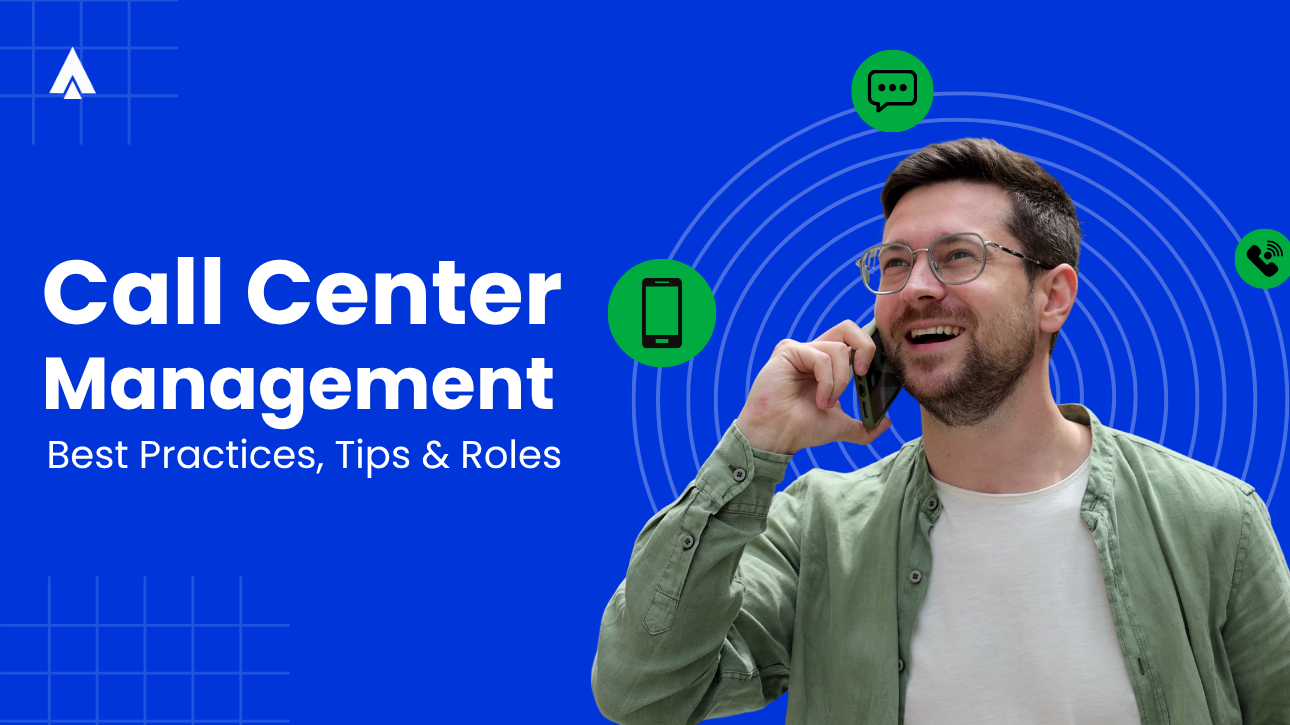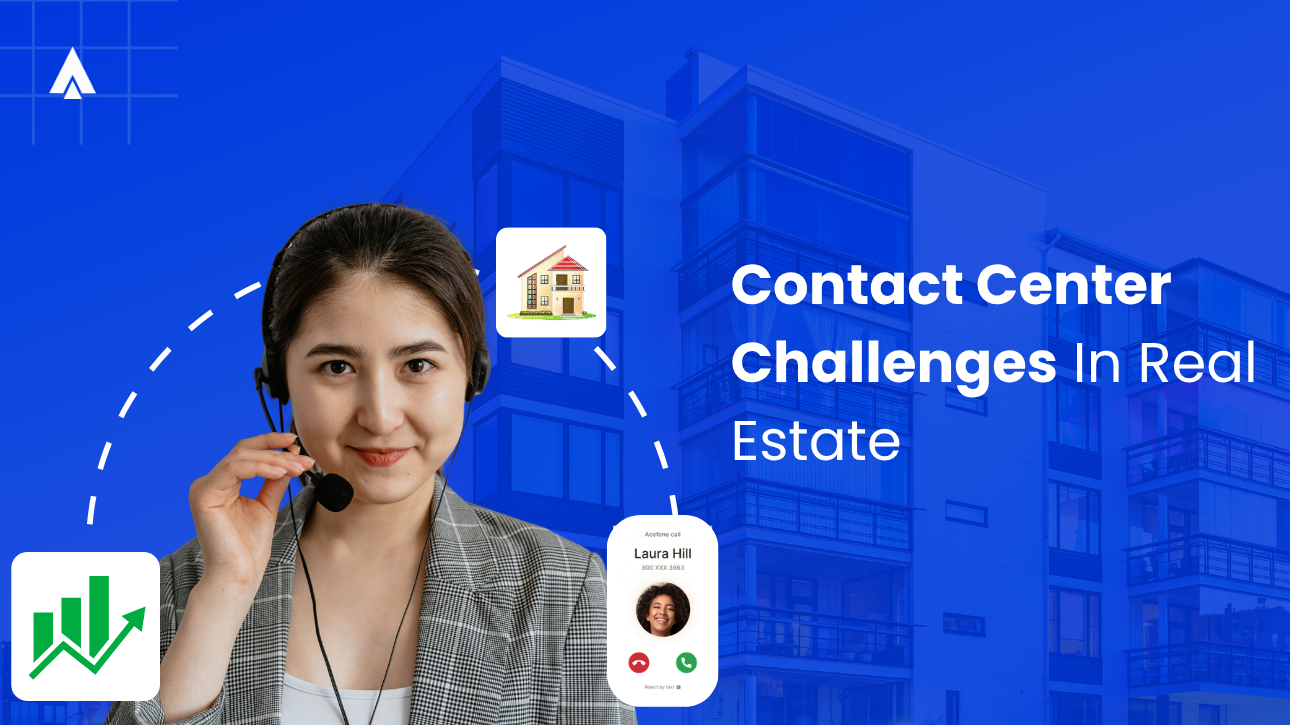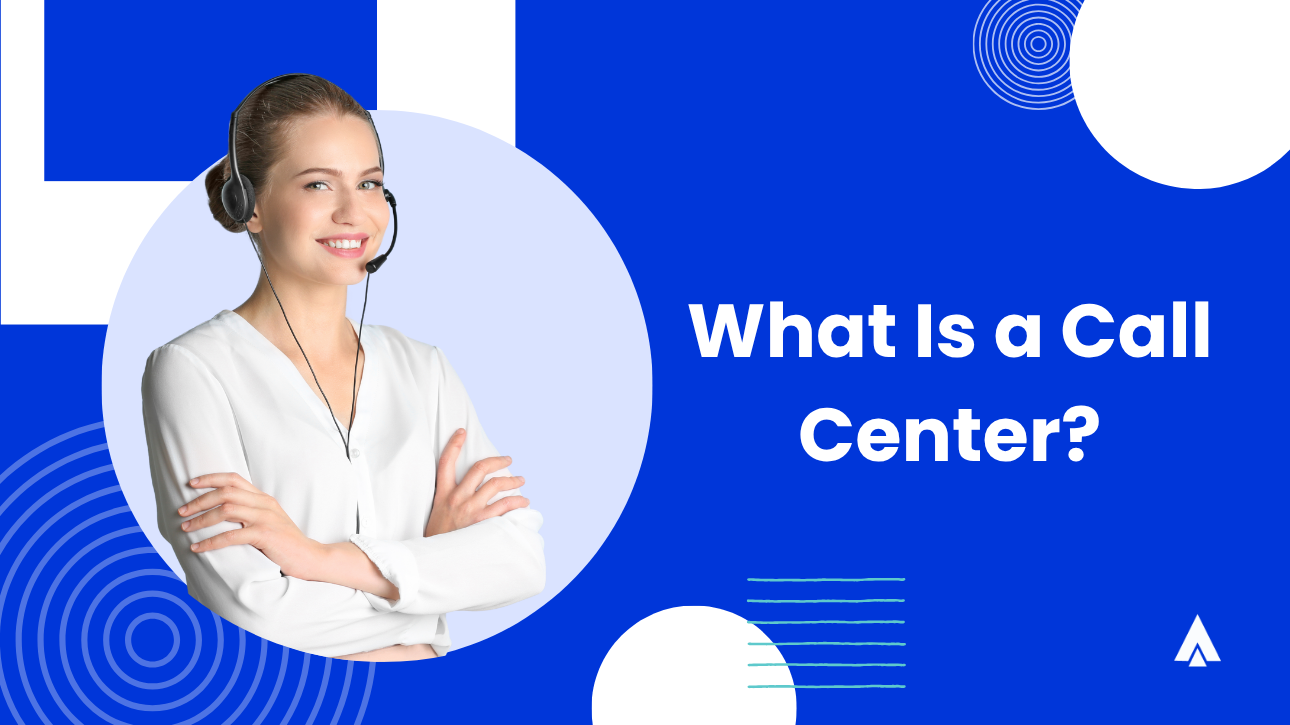Customer satisfaction is—or at least should be—the ultimate goal of every business. Certainly, it is one of the keys to success and, therefore, it makes business sense to focus on improving it.
Imagine a scenario where a customer calls your call centre to resolve an issue. Often they have to navigate a robotic IVR system and wait to get connected to a service representative. After travelling through several rabbit holes, when the customer finally gets through, the agent is unable to solve the problem.
Not only does this make your costs go up, (more calls will be required to solve the problem now), there is a possibility you might lose the customer altogether.
How efficiently your call centre functions is critical in this scenario. In a customer-centric business, which relies on seamless service, the rate of first call resolution is a key measure of success. The cloud telephony solutions can help with this by maximising agent productivity. Not only will this help you retain existing customers, you will be able to reach out to new ones as well.
Let us learn more about one such metric.
What is the first call resolution rate?
Among call centre metrics, first call resolution is perhaps the most important.
Quite simply, it is addressing and resolving a customer issue within the first call, without the need for a follow-up. It is also referred to as first contact resolution.
Talk time is another metric that can be used in tandem to make a holistic assessment of performance. Generally, fast talk time averages are desirable, but not if this results in a drop in call resolution rates.
Assessed as a percentage, the first call resolution rate is the percentage of total calls that are resolved in the first shot. Research by MetricNet shows that the industry standard for first call resolution rate is around 74%.
Of course, this varies from industry to industry. Generally, rates of 90% are considered high, while 40% is the bottom end of the spectrum and may be seen as a red flag.
Call centres at the higher end of the range usually have highly trained agents with access to sophisticated systems, better management styles and remote diagnostic capabilities.
So, how does one arrive at the first call resolution rate? How does one even know if the call was resolved satisfactorily, both from the customer’s point of view and against your own benchmarks? And how do you fix things if the metric is not up to the mark?
Well, tighten your seat belts. We’re about to tell you how.
How is first call resolution measured?
An excellent practice to measure first call resolution is to employ both internal and external measurement approaches.
While the internal approach uses institutional memory, the external measurement approach is largely based on feedback from customers. These can be collected in a variety of ways—website surveys, phone calls or through smart IVRs.
External data tends to be more unbiased and is, therefore, more useful in making a fair assessment.
Below are some of the popular methods to measure first call resolution externally, in which the customer determines if first call resolution has been achieved:
1.) Phone survey:
The customer completes a survey after the call. This is one of the most popular methods of assessing first call resolution and provides excellent insights on CSAT (customer satisfaction)
2.) Email Survey:
Another method is to collect customer feedback through an email that is sent out after the call. Besides being cost-effective, it’s a popular method since most businesses have customer emails on record.
3.) Outbound IVR surveys:
In this method, the customer is asked to complete an IVR survey. This is usually immediately after the call. This is a popular survey method owing to its low cost
4.) Inbound IVR surveys:
An inbound IVR survey is where the customer is asked to remain on the line immediately after the call
5.) Agent asks customers directly:
In this method, the agent asks the customer if the call was resolved to their satisfaction. This is considered an external method because it is ultimately the customer who determines if the call was resolved or not
Here are some of the popular methods to measure first call resolution internally, in which the organisation itself determines if first call resolution has been achieved:
a) Repeat call telephony technology: Cloud telephony technology is employed to determine first call resolution based on whether the customer had to call back regarding the same issue.
b) Quality assurance call monitoring: The quality assurance evaluator at the call centre decides if the customer’s concern was resolved on the first call. Call centres can routinely include the call resolution metric in their QA forms and processes.
c) Case management/CRM: An agent can also use the company’s case management or CRM software to document whether the customer’s call was resolved in the first instance. This is one of the biggest benefits of having a CRM system in place.
Ways to improve first call resolution
Once you know how to measure first call resolution, the next step is to improve it. After all, it is the hallmark of exceptional customer service. Here are some pointers on how to go about it:
Good Interactive Voice Response systems (IVR)
There are a number of reasons why IVR is important for a business. A good IVR will either resolve the problem on its own or direct the call to the concerned department. It is important that you must keep the self-service options precise and unambiguous, otherwise, customers may abandon the call mid-way.
Anticipating customer needs
The more you know your customers, the better it is for your business. If you know why your customer is calling beforehand, you can ensure your support team is ready to address their needs.
If you can anticipate the issues that might come up even before they even occur, it will improve customer satisfaction. For this, you need to capture and analyse customer feedback constantly. This data will provide valuable insights into the common issues encountered by your customers. You can then anticipate their needs in the first call itself.
Call whispering
This is a great cloud telephony feature that comes in handy to improve first call resolution. The call whispering is a feature that lets call centre managers monitor calls while agents are assisting customers. Managers are able to do two things with this tool—track the performance of older agents and coach and assist new recruits. Rest assured, only the agents hear the whisper and callers never come to know about it.
Effective call monitoring
Effective call monitoring is a great way to improve the first call resolution metric. You can do this by using smart technology. For example, you can deploy a remote dashboard that leading cloud telephony providers like Servetel offer (as a bonus, it supports work from home as well).
It allows you to monitor your staff’s activities on the dashboard in real-time. You can also consider setting up a call monitoring task force consisting of people in leadership positions who can analyse the data collected.
Effective call centre scripts
As is well known, call centres rely on scripts to communicate with their customers. These create consistent and professional responses. With the call monitoring solutions suggested above, you can analyse your script and see how customers are reacting to it. You can then tweak them to create effective scripts.
Encourage employee self-assessment
Usually call recordings are studied by the management in order to improve the overall performance. But it’s important for call agents to have access to them for self-evaluation. If they can rectify their own mistakes, it will motivate them to deliver better service.
This, in turn, will increase agent autonomy. Remember, you just don’t need happy customers. You need happy employees too. Adding reward programs for achievers will motivate agents to improve these metrics.
Minimise customer effort
Every customer expects a fast and easy resolution to their concerns. Ensuring customers don’t have to go out of the way to get support when they need it is critical to the success of your customer service operation.
According to a study, 93% of customers are more likely to make repeat purchases from a company that offers extraordinary customer service. That’s why it’s important to resolve issues in the first call itself.
Invest in the right technology
With the right cloud telephony tools, you can create an informative knowledge base for your customers. Then, you can encourage them to refer to it in times of need.
Challenges in first call resolution
You are likely to face some challenges when implementing first call resolution strategies. A lot of these challenges simply boil down to technology issues.
Here are a few key concerns:
- IVR menus that are needlessly complex
- Information that is insufficient or inaccessible
- Long waiting times
- Insufficient agent knowledge or experience
- High attrition rates
- No call analytics or assessment
- Lack of agent authority
How cloud telephony can help with first call resolution
Cloud telephony empowers you with a number of tools to improve the first call resolution rates. To sum up, these include:
- An IVR that allows you to customise the caller experience, identifying what they’re calling about and routing them to the right place
- Call monitoring, including recording and call whispering
- Automated Call Distribution (ACD) to direct calls to the next available agent, including skills-based and schedule-based routing.
- Customise the customer’s waiting experience, and add features like estimated wait time announcements, custom announcements with helpful information about your services, and a timeout destination (call queues do time out eventually but instead of the call ending abruptly, it can be directed to a voicemail). You can also add queue call-back if call volumes are high
- With APIs, you can do CRM integrations, like adding a phone widget to your ticketing system rather than adding yet another tool or screen for the agent to grapple with
- Other useful tools include adding a click-to-call widget to your website or integrating it into your mobile app. You can also benefit from the efficiencies of Computer Telephony Integration (CTI).
- A knowledge base that is integrated makes issue resolution easy for both customers and agents
- Built-in quality assurance and speech analytics are other tools at your disposal
Conclusion
The key to running a successful call centre operation is to maximise customer satisfaction and minimise operating costs. A low first call resolution rate brings up your costs, while a high rate drives up revenue. It’s as simple as that.
A higher first call resolution rate leads to a positive customer experience as well as higher customer lifetime value (CLTV). Cloud telephony plays a crucial role in making this happen.















